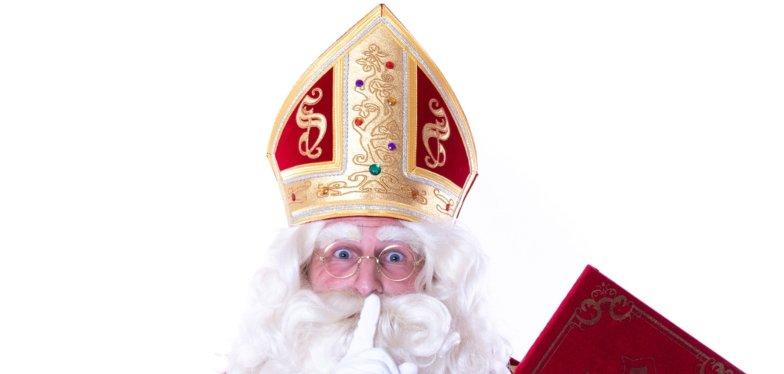Did you know that our Saint Nicholas was born and lived in Turkey?

In Belgium, at dusk on 5 December, children are told that if the clouds and sky are reddish in colour, it's because Saint Nicholas is baking his speculoos for good children. His role as protector of children is linked to a legend about the 4th century bishop Nicholas of Myra, the present Turkish town of Demre.
He is said to have resurrected three children who had been killed, cut up and put in the salt cellar by a wicked butcher; when the bishop stretched out three fingers over the barrel, the children reformed and came back to life. The many miracles attributed to him led to his canonisation. In the 10th century, a relic of Saint Nicholas was transported to the Duchy of Lorraine, where a basilica was erected in his honour; he eventually became the patron saint of Lorraine. It was at this time that Saint Nicholas entered our legends and traditions, with differences depending on the region (Germany, Holland, Alsace, Belgium).
Traditionally, Saint Nicholas is portrayed with the three children and, like other saints, richly dressed in glittering brocade, lace, silver embroidery, curly haired and powdered, holding a golden crosier. In Northern Europe, Saint Nicholas was merely the ultimate avatar of a mythical figure for all times. That of a magical, beneficent being whose role was long held by Wodan. For a long time, the early Germanic Church did not deny the existence and actions of the ancestral gods, but fought against them as allegedly evil spirits. So for them, Wodan retained all his influence over unbaptised souls. His army was mainly composed of the souls of dead children. As evidence of his ongoing significance, the day of 'woensdag' in Dutch, from the Proto-West Germanic *Wōdanas dag, is dedicated to him, as is the English Wednesday, from the Middle English Wednesdai, itself derived from the Old English wōdnesdæġ, meaning Woden's day or the dies mercurii (mercredi in French) from the association of the god Odin (Woden, Wodan) with Mercury and Hermes.
From the very beginning, Father Fouettard, an avatar of the evil butcher in the legend, was associated with Saint Nicholas as the villain who hands out punishments to disobedient children, while his master offers sweets to good children. His role as a bogeyman waned over the centuries and, with the gradual end of corporal punishment, he has become a faithful servant. His black colour is due to his role as a chimney sweep. He performs this service so that the saint can go down the chimney and put sweets into the shoes of deserving children, without dirtying his beautiful clothes. I can't wait for the morning of 6 December and the rush to the fireplace!